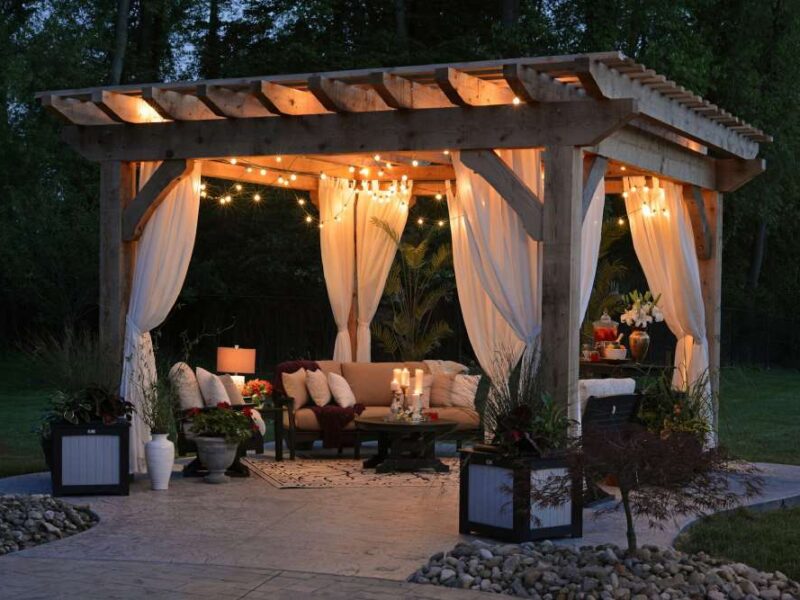As climate change renders certain areas more arid, homeowners are in search of landscaping solutions that are sustainable, practical, and eye-catching. Indeed, many regions of the world are experiencing more drought than ever.
But taking your garden from droughty to delightful isn’t about aesthetics. It’s about your social responsibility, too. You can significantly impact the environment and your wallet by implementing smart, water-saving techniques in your garden.
Here are some of the best low-maintenance solutions for keeping your garden lush, even in dry climates.
Contents
1. Choose the Right Plants
If you live in an area with very little rainfall, you must plant species that can endure hot, dry conditions. Succulents, cacti, grasses, and wildflowers are great options for a low-water diet.
But before you visit your local nursery, research the different plants indigenous to your area and the conditions under which they thrive. This may save you from a lot of frustration and wasted resources.
2. Apply Mulch Layers
A good mulch layer regulates water, preventing water from evaporating and smothering weed growth. Mulch can include various materials, such as straw, wood chips, compost, bark, leaves, or rocks.
It also helps to maintain a stable soil temperature, keeping the roots of plants cool and preventing soil compaction. By visiting a website like Allenoutdoorstl.com, you can get expert guidance and tips on choosing the perfect mulch for your garden designs. This, in turn, creates an oasis that will exceed your expectations.
3. Conserve Water
You can use water sparingly in various ways without sacrificing your garden’s lushness or health. One example is drip irrigation systems that target water at the plant’s roots.
You can also install rain barrels to collect and store rainwater, which can be used to water your garden only when needed. To conserve further, it’s important to water in the early morning or evening when evaporation rates are lower.
4. Consider Hardscape vs. Softscape
You may consider incorporating more hardscape features into your landscape design in areas where water is scarce. This could be anything from stone or brick walkways to beautiful rock formations or dry riverbeds. Hardscaping adds aesthetic appeal and reduces the amount of water needed to maintain the garden.
In contrast, softscape refers to your garden’s lush and living components, such as plants and trees. And depending on the angle of the ground, you may want to install a drought tolerant groundcover to make sure it is stable. By incorporating a ratio of hardscape to softscape, you can reduce watering costs in the long run.
5. Do Regular Maintenance
Caring for your garden includes watering and fertilizing your plants. Removing dead or diseased foliage ensures proper drainage to prevent erosion. In addition, regular maintenance also involves pruning and shaping plants to promote healthy growth and create a polished appearance.
Proper watering and irrigation systems will complement your garden’s structure and promote healthy and thriving growth.
Transform Drought-Prone Areas With These Landscaping Solutions
You can utilize many sustainable landscaping techniques if you live in an area experiencing drought. A drought-resistant garden isn’t just about surviving under harsh conditions – it’s about thriving. By thinking creatively and applying water-efficient landscaping, your garden can become a delightful refuge you can be proud of.
Implementing these smart landscaping solutions can also enhance your property value and contribute to the health and beauty of your neighborhood.
Want to read more articles like this one? Then head over to the rest of our section!



